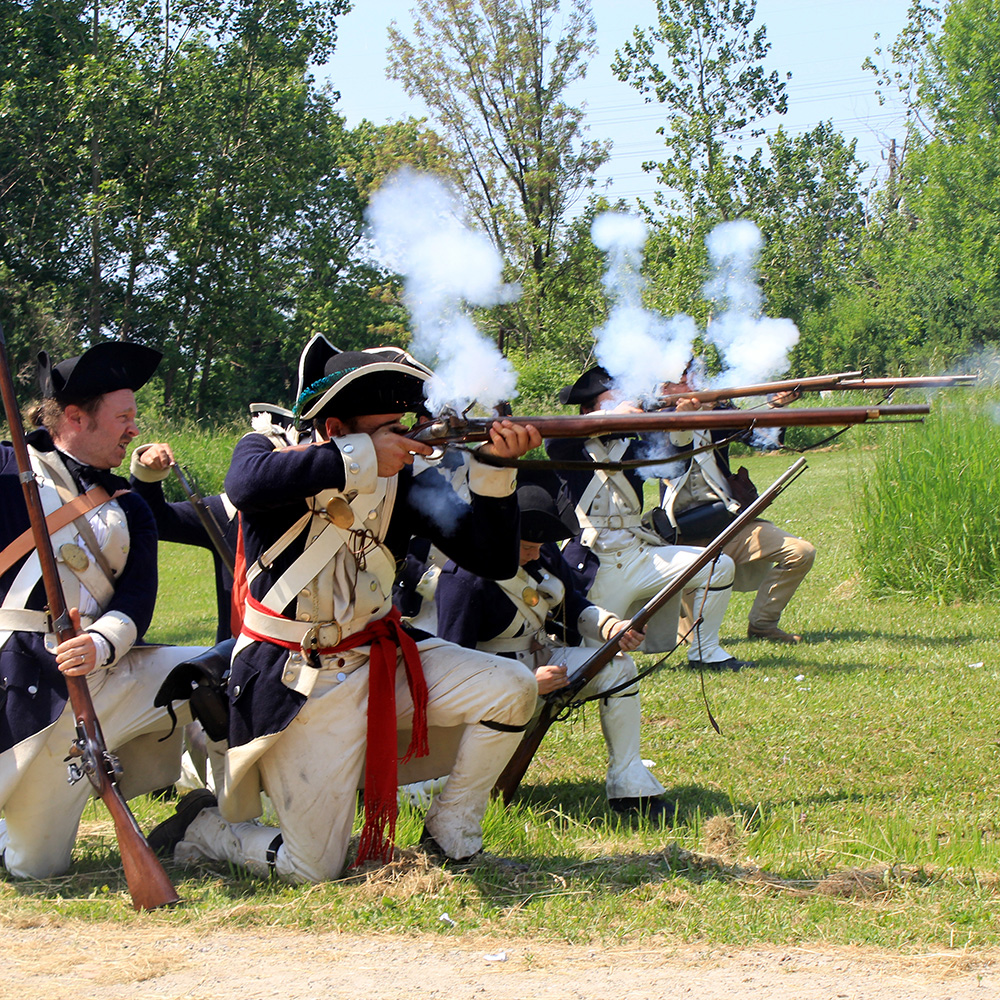Today the whole thing happens again, and it’s supposed to be even warmer. Far warmer than the actual battle.
In The Weather Factor (1984), David Ludlum collected meteorological observations from 1775 and wrote:
As in the case of many other summertime battles fought long ago, the tradition gradually grew that it took place on “a very hot day.” A historian in 1788 declared the day of Bunker Hill was “exceeding hot.” Another, writing in 1833, told his readers, “The Battle of Bunker’s Hill, it will be recollected, was fought on one of the hottest days ever known in this country.”The first author Ludlum corrected was the Rev. William Gordon in his History of the Rise, Progress, and Establishment, of the Independence of the United States of America.
To set the record straight, the engagement now known as the Battle of Bunker Hill was fought on the afternoon of June 17, 1775, under rather optimum conditions for a mid-June day—the ground was dry, the sky was clear, the temperature was warm but not excessively so, and the air was still relatively dry, though growing more humid hourly.
If the action had taken place a day or two later, conditions would have been much warmer, more humid, and the atmosphere more uncomfortable for the participants.
The second quotation came from Catherine R. Williams’s life of Stephen Olney of Rhode Island, paired with a similar life story in Biography of Revolutionary Heroes in 1839. Because the Rhode Island troops were then stationed on the southern wing of the siege lines, Olney was not actually involved in the battle.

No comments:
Post a Comment